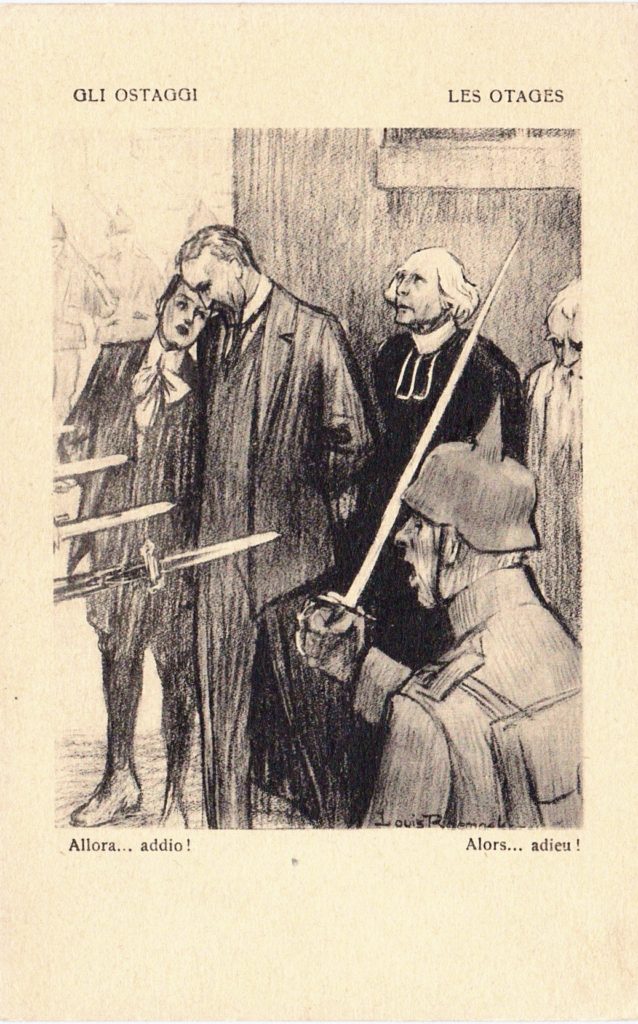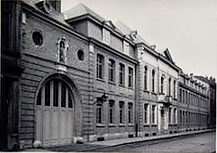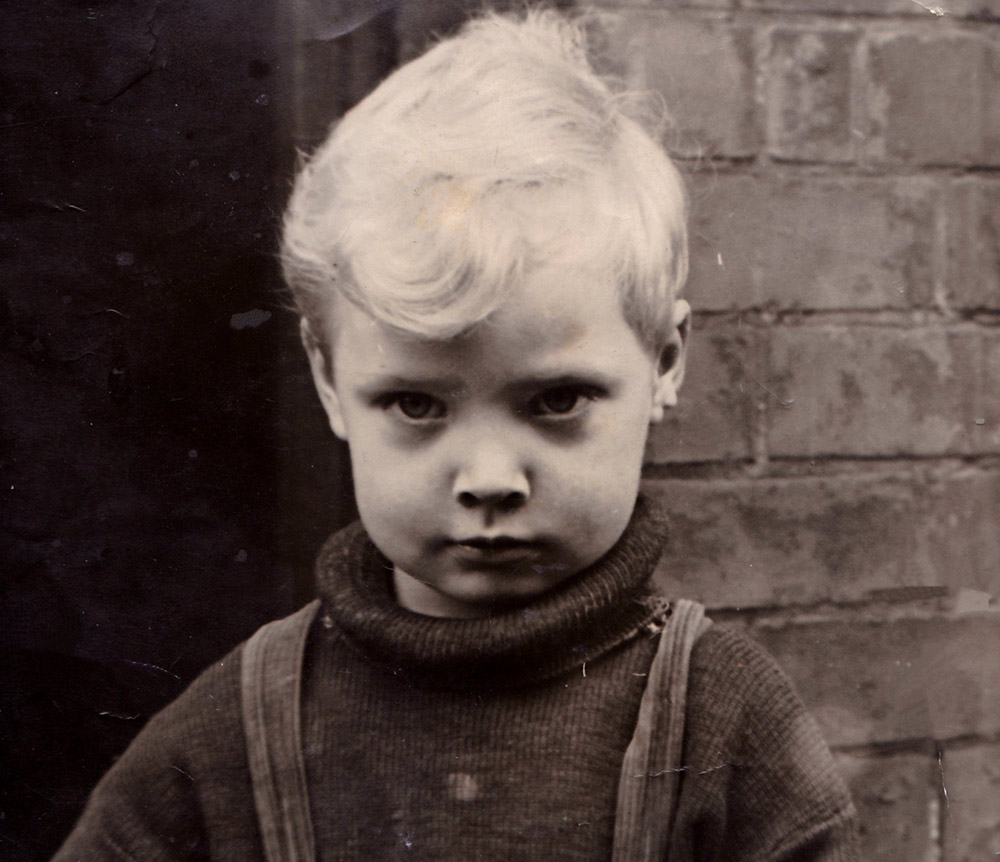The anniversary this month has striking similarities with events today in that it deals with refugees.
In August 1914 the United Kingdom, along with its allies, France, Russia and Belgium entered into a conflict with the Central Powers of Germany and Austro-Hungary. This conflict has become known to us as the Great War and it began with the Germans invading Belgium. The conflict lasted for just over four years.
However, like all such modern conflicts, the victims were not confined to the armed forces. Belgium was almost completely occupied by the Germans except for a small south west corner. The rest was under martial law and, like today, the civilians fled the conflict zones. Propaganda reared its head and graphic horror stories were circulated as to the tragedy the Belgians were suffering.
For, as these postcards show, the results could be terrible.

At the very least the loss of your possessions and home.

And the ultimate sacrifice was your life


In contrast with today, the more enlightened view of this period was for Britain to welcome these refugees. They were offered food, warmth, shelter and protection. Sadly, this was often given too late for some. Although they may have managed to flee from the Germans and escape the continent the damage for some was already done.
The minute book
On the 21st December 1914 there is an entry related to this suffering in the Company minute books. It reads,
‘The secretary reported that since the last meeting an application was made to bury a Belgian refugee (a nun from Antwerp) who had died in Hull. He communicated with Mr Jackson, the chair, who instructed (the secretary) to make no charge for the burial. The Rev Mother of the Convent of Mercy, Hull, where many more refugees had been given asylum and who are all quite destitute, expressed herself as being very grateful for the company’s kindness. The chair’s action was approved.’
The nun’s name in the Convent was Sister Marie. Her birth name was Therese de Diken.

Her burial took place in compartment 60, grave number 8249 on the 20th November 1914. As may be seen in the image below her name appears as the occupant of said grave.

However she is not the sole occupant of the grave. She was the first person in it but not the last. Obviously, as a nun, she would not have had children. And yet the other occupant is a child.
Her name was Matihilde Cortebeck. She was buried on the 29th July 1916 and she was aged only 14 when she died of consumption. Who was this young girl? That she was a catholic is evidenced by her burial in the catholic area of the cemetery. Another clue was that Moses was the undertaker. Even in my time Moses and Sons was always the preferred undertaker for Catholic burials. Her name perhaps shows she too was a foreigner. She may have been another refugee. Did she have no family? Her residence is given simply as Beverley so no clues there. Yet another mystery of the Cemetery.
The Terninck Foundation
Meanwhile let’s return to Sister Marie. She was the Mother Superior at the Terninck Foundation in Antwerp. This had been set up in 1697. As the Foundation’s website states today,
Fondatie Terninck was founded in 1697 by Canon Christiaan Terninck. He was deeply moved by the misery of distressed children in Antwerp at the time. When he found a foundling on the sill of his front door, he sprang into action. He founded a school and monastic community to take in poor orphaned girls and provide them with shelter and clothing. But these children also acquired here – and above all – a solid religious education and the necessary skills in needlework.
When the First World War broke out in 1914, the sisters fled with a group of children to Great Britain, where they stayed until after the war. On return, and in gratitude that there were no deaths during the war and the home had remained undamaged, a statue of Saint Joseph was placed in the front of the building. (Above the large doorway to the left)


Pete Lowden is a member of the Friends of Hull General Cemetery committee which is committed to reclaiming the cemetery and returning it back to a community resource.

